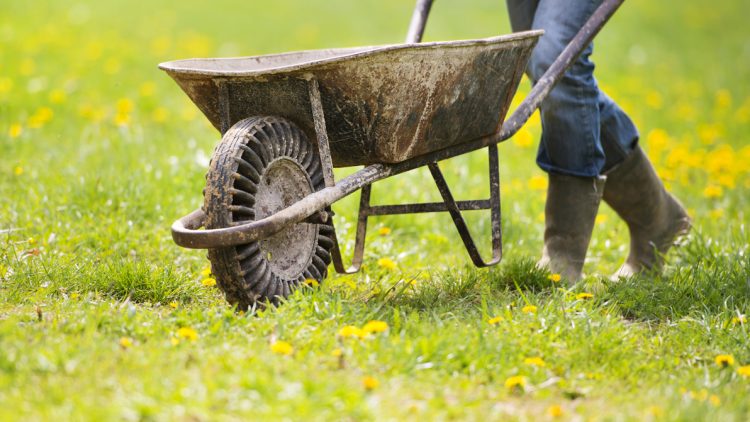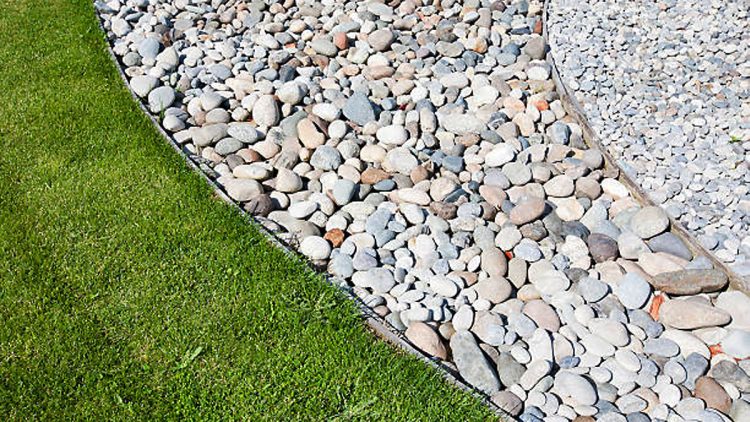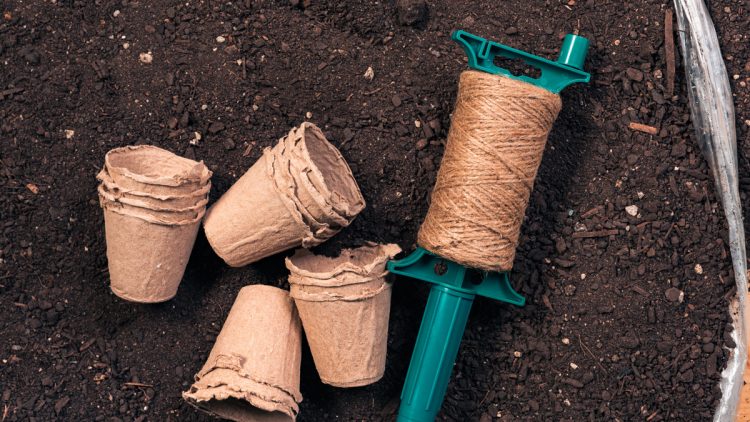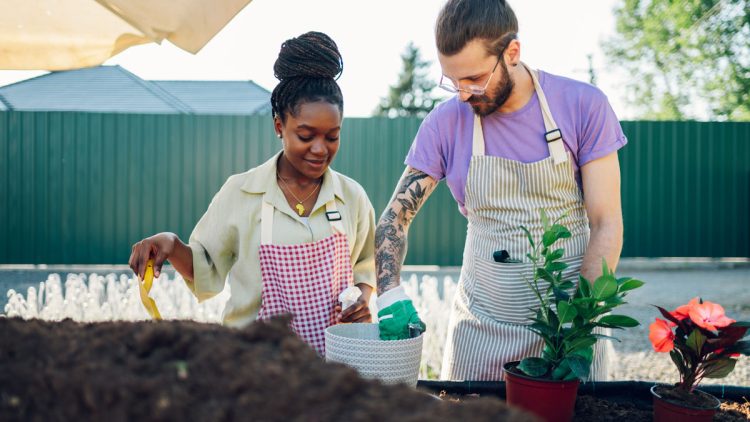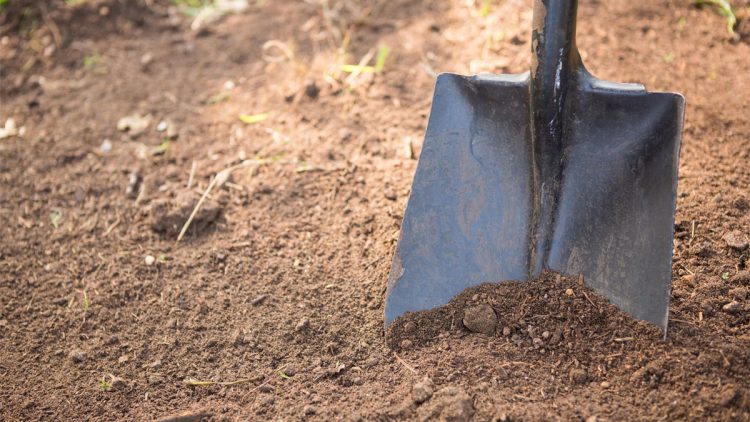What Are Kino Blue Boulders?
Kino Blue Boulders are distinctive natural stones renowned for their vibrant azurite blue hues, interspersed with shades of rusty browns, wine reds, and faded grays. These captivating colors result from the boulders’ high copper mineral content, which, upon exposure to air and water, forms striking blue and turquoise patinas. Notably, this blue coloration often intensifies over time.
Due to their unique appearance, Kino Blue Boulders are highly sought after for landscaping projects, serving as eye-catching focal points in gardens, pathways, and water features. However, it’s important to note that because of their copper content, they are not recommended for use in water features housing sensitive aquatic life, such as koi fish.
In the Phoenix area, these boulders are available through local suppliers like A&A Materials, Inc., which offers a variety of sizes to suit different landscaping needs. Incorporating Kino Blue Boulders into your landscape design can add a unique and vibrant touch, making your outdoor space truly stand out.
Uses of Kino Blue Boulders and Why They Are So Popular
Kino Blue Boulders are prized for their stunning blue, rust, and gray hues, making them a standout choice for landscaping and decorative projects. Their unique coloration comes from copper minerals, which develop a striking blue patina over time.
🔹 Uses of Kino Blue Boulders
✅ Landscaping Features 🌿
- Used as statement pieces in yards, gardens, and commercial landscapes.
- Blends well with desert, modern, and natural landscapes.
✅ Water Features & Dry Creek Beds 💦
- Placed near ponds, fountains, and waterfalls to enhance aesthetics.
- Works well in xeriscaping (low-water landscapes) and dry riverbeds.
- ⚠️ Not recommended for koi ponds due to copper content.
✅ Retaining Walls & Borders 🏡
- Used to build natural rock retaining walls or as edging for garden beds.
- Helps define walkways, driveways, and patios.
✅ Public Spaces & Commercial Landscaping 🏢
- Frequently seen in parks, resorts, and business complexes for a bold, natural look.
✅ Decorative Rock Gardens & Fire Pits 🔥
- Creates contrast in rock gardens and around cacti, succulents, and desert plants.
- Used in fire pit seating areas for a natural yet modern aesthetic.
🔹 Why Are Kino Blue Boulders So Popular?
⭐ Vibrant & Unique Colors – The rare blue tones with rusty and gray accents make them a striking focal point.
⭐ Natural & Weathered Look – Over time, they develop an even richer patina, adding to their charm.
⭐ Versatile Use – Works in modern, desert, and tropical landscapes.
⭐ Durability – These boulders are weather-resistant and long-lasting.
⭐ Low Maintenance – Unlike plants or wood, they require no upkeep.
Find more landscaping ideas for your Arizona home by checking out aamaterialsinc.com.
Landscaping Materials Scottsdale, Arizona
A & A Materials, Inc., located in Scottsdale, Arizona, offers mulch and wood chips for your landscaping or gardening needs. Contact us or call us at 480-990-0557 for more information.


